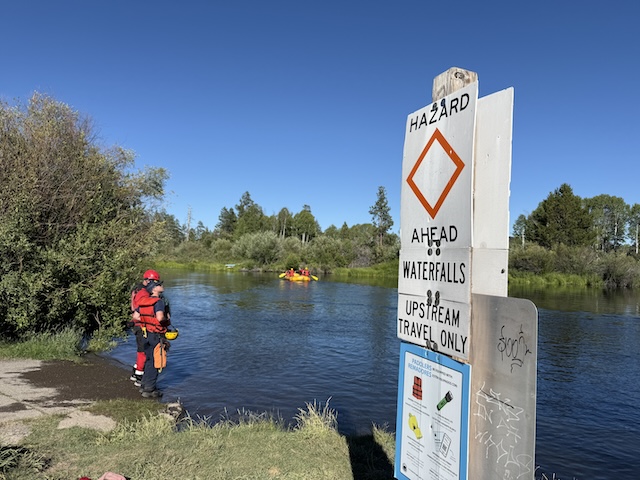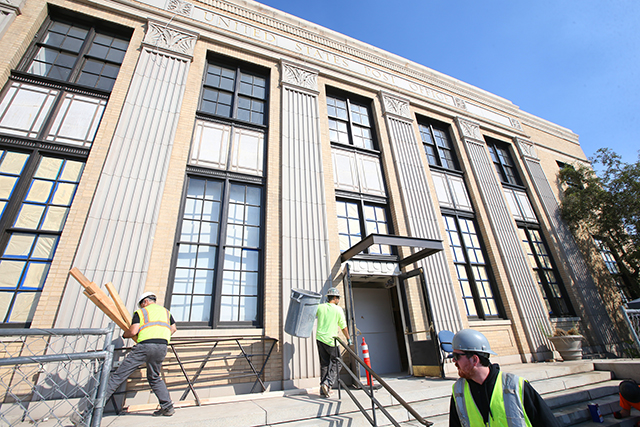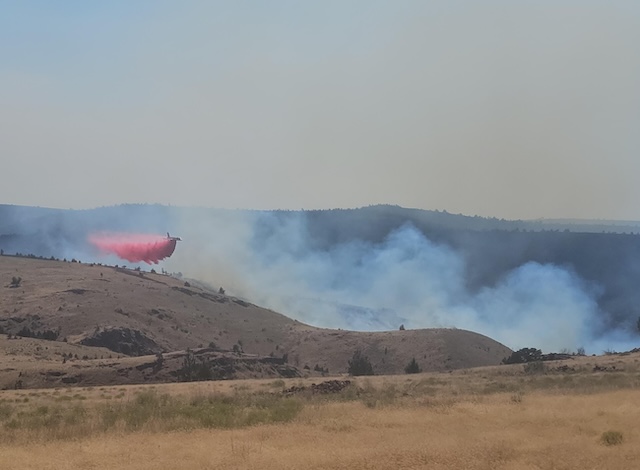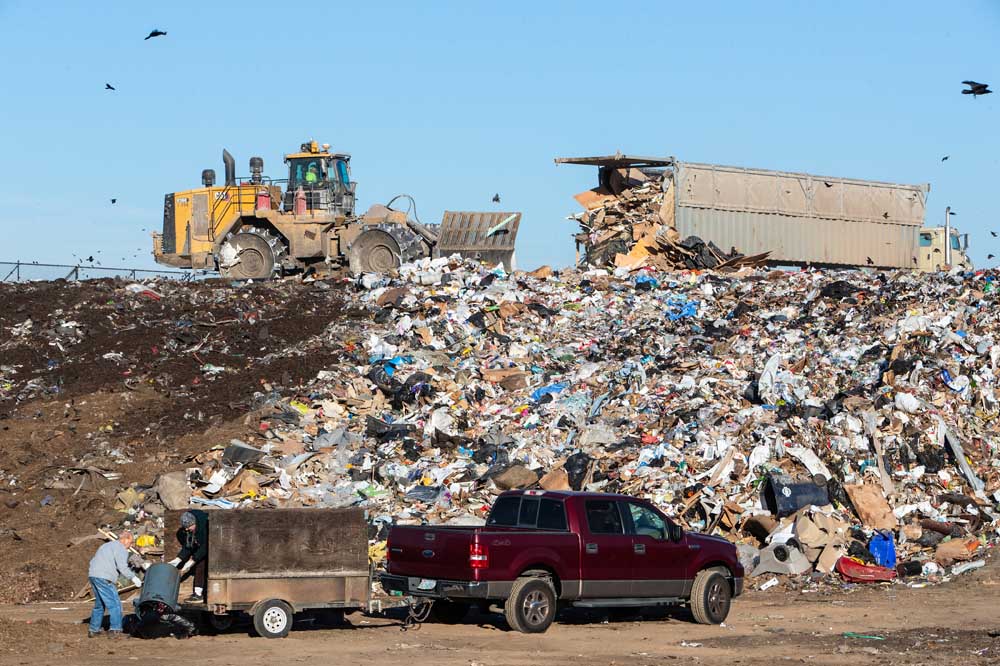Editorial: High Desert Museum returned some Native American artifacts
Published 5:00 am Saturday, March 2, 2024
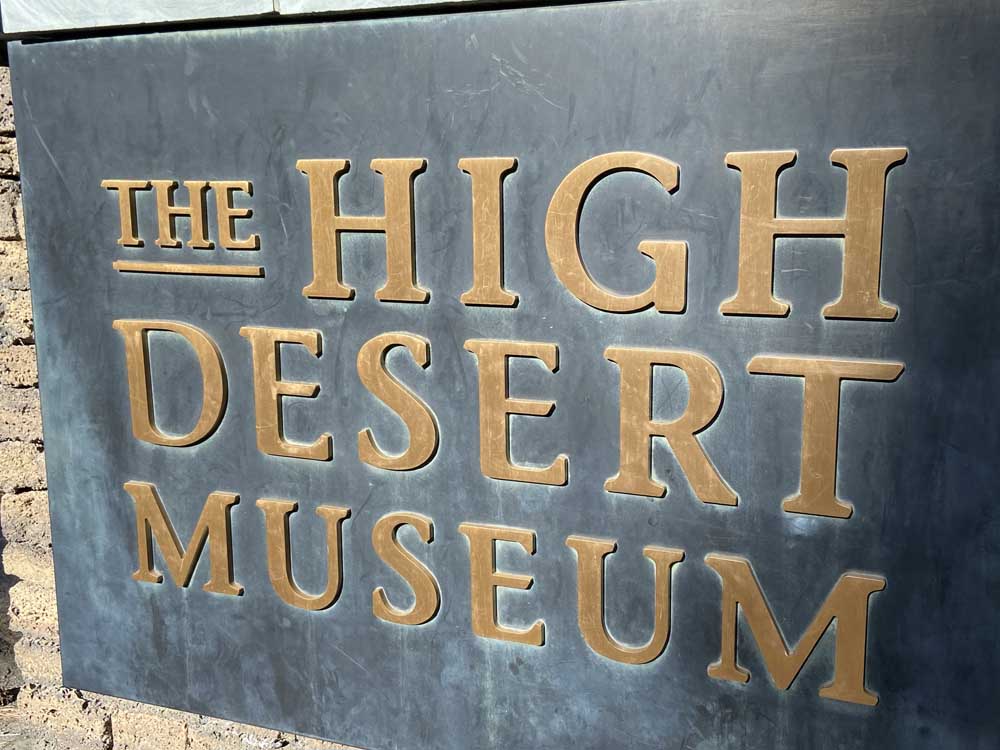
- High Desert Museum
Something to love about the High Desert Museum is the swirl of art, nature and history you can get in a few steps. On a recent day, you could get a dose of Andy Warhol. A bobcat and a porcupine were across the hall. Down the hall were lessons about Native Americans.
Love the swirl.
Trending
But we did have questions when we read earlier this year about new federal rules that took effect in January governing how museums may display Native American objects. The American Museum of Natural History in New York had to close halls of exhibits. Other museums had to cover displays.
What about the High Desert Museum?
The High Desert Museum has been making an effort for years to ensure its displays of Native American artifacts are appropriate. It never stops, Dana Whitelaw, the museum’s executive director, told us.
If you look at the Federal Register from last year, the museum had announced it was repatriating more than 100 items.
Years ago Native American artifacts were removed from Wasco County, Klickitat County in Washington and other places. There were funerary objects, beads, buckles and more. Collectors gathered them and eventually donated them to the museum. Some were purchased in the 1960s from a shop in Washington that sold items looted from gravesites.
The museum’s notice was put in the Federal Register to formalize the repatriation. It’s the law — the Native American Graves Protection and Repatriation Act. It’s the right thing to do. It’s something the museum is and has been doing.
Trending
Bobby Brunoe, a member of the museum’s board and secretary/treasurer and CEO of the Confederated Tribes of the Warm Springs Reservation, had no end of complimentary things to say about the way the museum reviews and handles artifacts from any tribe.
So we emerged from our questioning loving the swirl a bit more.


